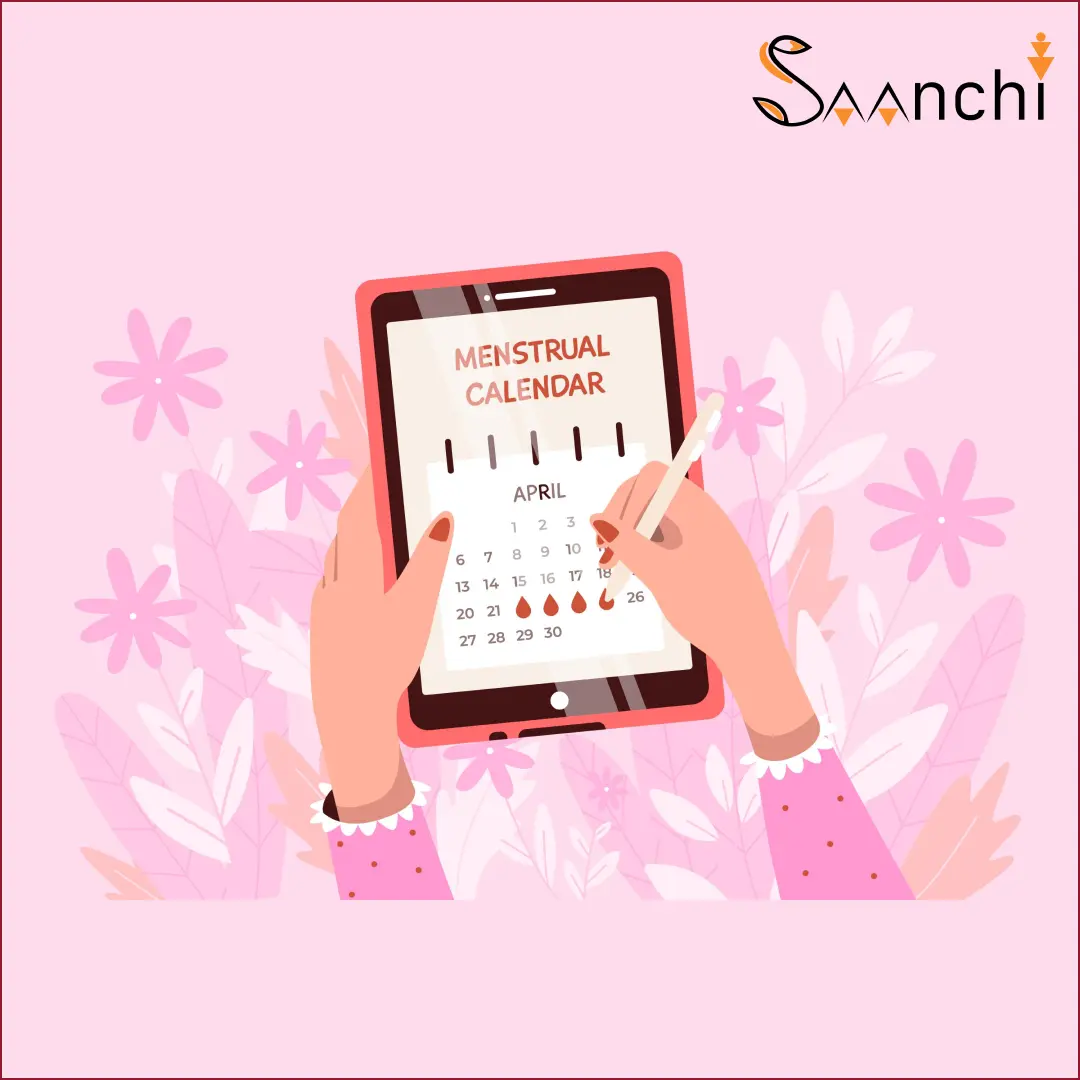Understanding your menstrual cycle is an important part of taking care of your health. Tracking your menstrual cycle can help you know what to expect each month, manage any symptoms, and recognize any changes that might need a doctor’s attention. Here’s a simple guide to help you get started with tracking your menstrual cycle.
What is the Menstrual Cycle?
The menstrual cycle is the process your body goes through to prepare for a possible pregnancy. It typically lasts about 28 days, but it can range from 21 to 35 days in adults and from 21 to 45 days in teens. The cycle includes several stages:
- Menstrual Phase (Days 1-5): This is when you have your period, and the lining of your uterus sheds through your vagina.
- Follicular Phase (Days 1-13): Overlaps with your period and continues until ovulation. Your body prepares an egg for release.
- Ovulation (Day 14): Around the middle of your cycle, an egg is released from one of your ovaries.
- Luteal Phase (Days 15-28): After ovulation, your body prepares for a possible pregnancy. If the egg isn’t fertilized, the cycle starts over with your period.
Why Track Your Menstrual Cycle?
Tracking your menstrual cycle helps you:
- Predict Your Period: Knowing when your period will start can help you be prepared.
- Understand Your Body: Recognize patterns in your symptoms, like cramps or mood changes.
- Spot Irregularities: Notice if something is off, like a missed period or unusual pain, so you can talk to a doctor.
- Plan Activities: Schedule important events around your period if you prefer.
How to Track Your Menstrual Cycle
There are different methods to track your cycle. You can choose the one that works best for you.
- Use a Calendar
How it works: Mark the first day of your period on a calendar. This is Day 1 of your cycle. Continue to mark each day of your period until it ends. Note the total number of days your period lasts. Track this every month to see the pattern.
Tips:
- Count the days from the first day of one period to the first day of the next period to find out the length of your cycle.
- Note any symptoms you experience, like cramps, headaches, or mood swings.
- Use a Period Tracking App
How it works: There are many free apps available that can help you track your menstrual cycle. Apps often include features to log your symptoms, moods, and more.
Tips:
- Choose an app with good reviews and easy-to-use features.
- Set reminders for when your period is expected.
- Regularly update the app with your period start and end dates, and any symptoms.
- Keep a Journal
How it works: Write down the start and end dates of your period each month in a notebook. Include notes about how you’re feeling each day.
Tips:
- Create a simple chart or table to keep your information organized.
- Write down any other changes you notice, like your energy levels or skin changes.
What to Track
When tracking your menstrual cycle, it’s helpful to record the following:
- Start Date: The first day your period starts.
- End Date: The last day of bleeding.
- Flow Intensity: Light, medium, or heavy.
- Symptoms: Cramps, headaches, mood changes, bloating, breast tenderness, etc.
- Other Notes: Any unusual changes or concerns.
Understanding Your Cycle
By tracking your cycle for a few months, you can start to see patterns. For example:
- Cycle Length: Most cycles are between 21 and 35 days.
- Symptom Patterns: Do you always get cramps on the first day? Do you feel more tired before your period starts?
When to See a Doctor
If you notice any unusual changes or have concerns, it’s important to talk to a doctor. Some reasons to see a doctor include:
- Irregular Periods: Your cycle is shorter than 21 days or longer than 35 days.
- Missed Periods: You miss a period and you’re not pregnant.
- Severe Symptoms: Extremely painful cramps, heavy bleeding, or other symptoms that interfere with your daily life.
- Sudden Changes: Any sudden change in your cycle pattern.
Final Thoughts
Tracking your menstrual cycle is a great way to understand your body better and stay on top of your health. Whether you use a calendar, an app, or a journal, the important thing is to be consistent. By knowing what’s normal for you, you can manage your periods more effectively and seek help when something doesn’t seem right. Remember, your menstrual cycle is a natural part of life, and tracking it is a simple step towards taking care of yourself.


